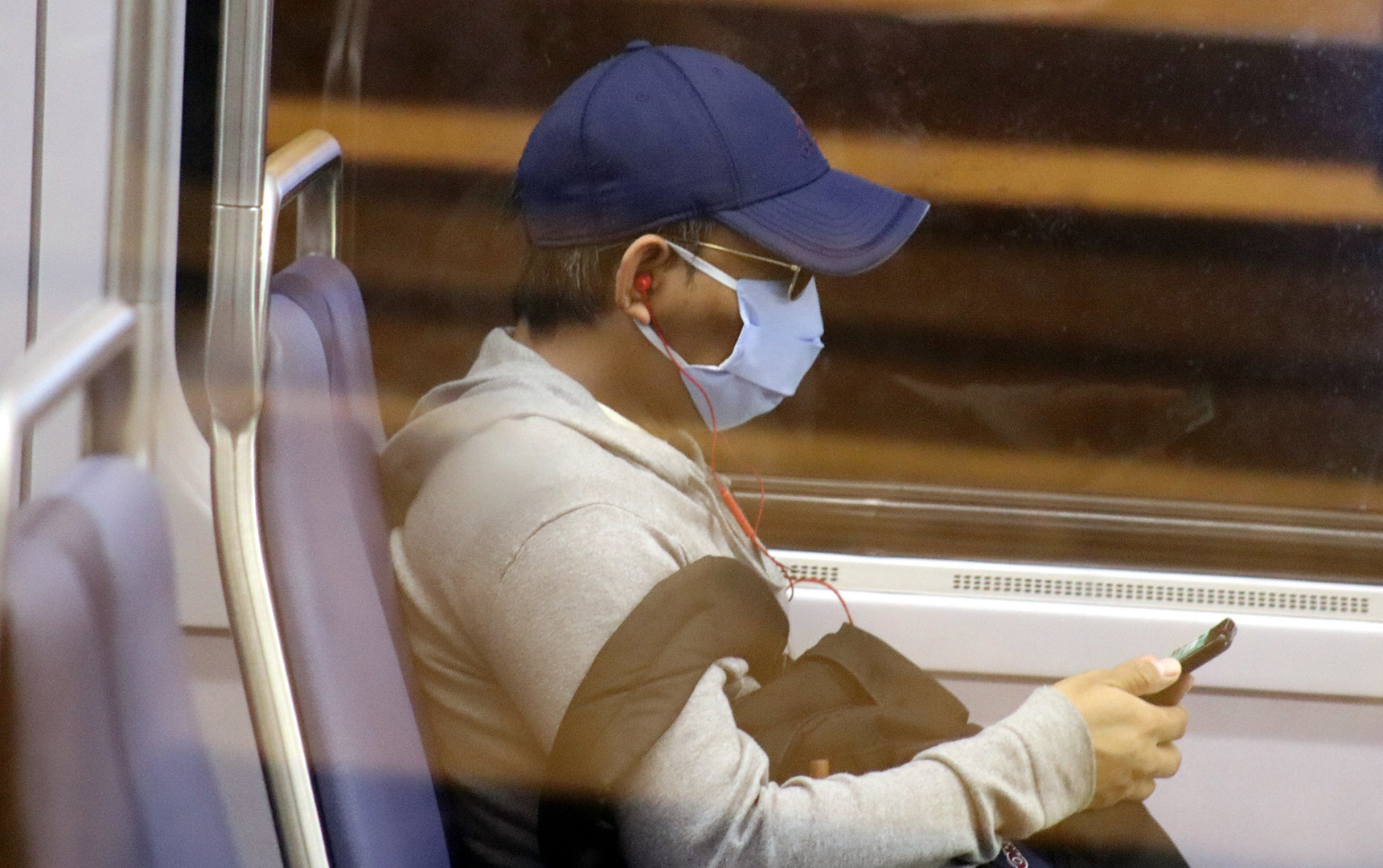June 20, 2020
As COVID-19 continues to unfold and cities respond, we see streets closed to cars, an influx of bicycling, and growing energy behind the idea that this pandemic is an opportunity to change our transportation systems – for the better – permanently.
These are promising shifts. And as a transportation planner, I understand the temptation to be intrigued with how COVID-19 is changing mobility patterns and how professionals in our industry are responding to these changes.
But at the same time, I recognize the context from which I’m expressing these sentiments: I live outside the areas hit hardest by the virus, and I’ve been able to continue working remotely during COVID-19.
The truth is, in a time when present conditions propose extreme risk to millions of individuals’ livelihoods and health, being able to plan for the future is a privilege. It is critical for transportation professionals to treat it as such. And framing the discussion around opportunity is insensitive to many.
The conversation must remain centered on COVID-19’s devastating effects to the groups hardest hit by the virus, particularly in low-income communities of color that have already borne the brunt of historic dis/underinvestment, negative impacts of infrastructure, and lacking mobility services. This is necessary not only to working toward a more equitable future of mobility, but to respectfully working on mobility challenges in diverse communities in the present.
We cannot frame COVID-19 as a transportation opportunity before recognizing what it is, first and foremost: a wake-up call.
COVID-19 Exacerbates Transportation Inequities
The effects of COVID-19 have largely exacerbated existing inequities that disproportionately impact low-income communities of color. Health and mobility inequities share a common link with racial residential segregation in U.S. cities, where infrastructure (especially highways) has isolated many communities of color from job centers and destinations and have contributed to negative health impacts. Prior to the pandemic, low-income communities of color were already burdened with the majority of transportation systems’ negative impacts while reaping the least benefit from them.
Travel, including commuting, has become a high-risk activity to many individuals. People of color, individuals without access to a vehicle, women, and individuals from low-income households are generally over-represented in U.S. transit ridership. (Many of these groups are also overrepresented as essential workers.) This over-representation is heightened for bus riders, the smallest enclosed space among transit options with the greatest historic stigma.

Buses may be more amenable to flexible measures like back-door boarding that protect riders and operators. Photo by Elvert Barnes on Flickr.
Connections Between Equity, Health, and Public Transit
For riders who rely on transit as their primary mode of travel, health concerns have joined other concerns and fears of safety, security, reliability, and time. Affordable forms of transportation, like biking, walking, and jogging, for Black individuals may still be heavily policed during the pandemic, while others can engage in the same activities without question of whether or not they appear to belong or are perceived as a threat. While COVID-19 has changed many elements of how and why we move, many of the same inequities have not changed or have worsened during this time, and many individuals who were already at a disadvantage have remained so.
From a health and safety perspective, the extremely low transit ridership of the moment is a positive trend for the health of our communities. The biggest ridership hit has been to rail transit, which typically has more higher-income riders than buses; meanwhile, bus ridership has stayed relatively strong. Despite the recent rush to build rail transit and service cuts to bus operations, buses may be more amenable to flexible measures like back-door boarding that protect riders and operators. By investing in buses, transportation professionals could respond to unusual situations with services and routes that fit individuals’ needs while providing the greatest benefits to riders dependent on using the bus.
Overall, the hit to transit agency’s revenues in this time has been significant, and advocates are continuing to work to secure funding for public transportation services. Train and bus operators provide a critical mobility service to millions of riders during the pandemic, but have also suffered extreme health consequences in doing so.
How Transportation Professionals Can Respond Today
First, we need to listen to our colleagues who have asked us to stop framing COVID-19 as an opportunity. COVID-19 has (re)ignited tremendous trauma in many communities of color, and framing the discussion around opportunity is insensitive to many.
Can transportation professionals emerge from this better than we were before? Yes, and I hope we do. I hope we’re learning every day and putting best practices to work. But our learning cannot be centered around extracting benefits to our transportation systems from a global pandemic; we need to learn and move forward by recognizing our mistakes, finding our “blind spots,” and taking steps to correct them.
Today and every day in our profession, I challenge my colleagues in transportation to hear many perspectives, from both within and beyond our profession, and to strive for understanding challenges that you don’t personally experience. Whether during a global pandemic or a booming economy, we must hear and value the concerns that may be out of scope, that have no clear solution, and that appear unpolished – and I ask that we take ownership of them to shape mobility systems and services that holistically meet people’s needs.
We must lead with humility and flexibility to center voices that are traditionally unheard in our industry, and we must keep critical problems to the communities we serve at the forefront in every stage of work. And as always, the education never ends! A continued mindset of learning and humility can provide us with thoughtful approaches that embrace intersecting issues and truths that may be difficult to hear or share.
I’m learning every day and I welcome the opportunity to continue the dialogue on this topic. If you have additional questions or want to share your perspective, I encourage you to reach out to me.
